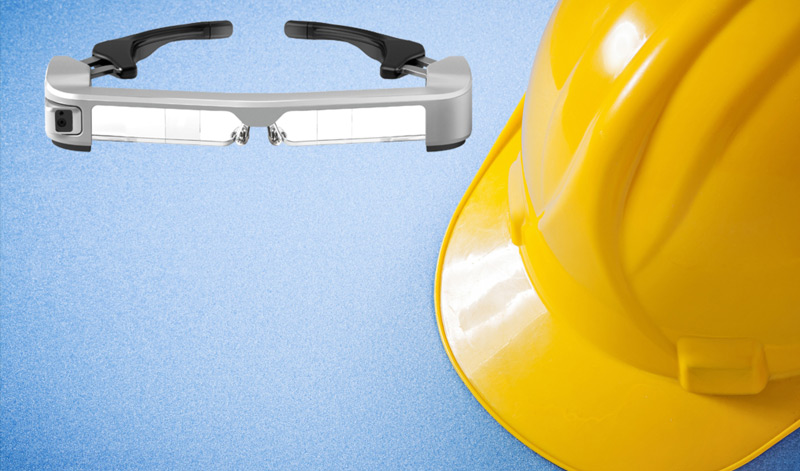
Augmented Reality Takes Maintenance into a Different Realm
Maintenance, repair and overhaul (MRO) is all of the replacements, tests, measurements and repairs needed to keep the equipment in your facility operating at peak performance. Augmented reality (AR) may help change the face of MRO operations.
What is AR? It lies between the traditional factory floor reality with actual hardware and virtual reality where nothing is real. One example is the layering of thermal images on top of actual visible components.
Projecting a new reality
AR users wear goggles which use near eye projection of images onto the lens surface. One projection technology is liquid crystal on silicon (LCOS) image generation, which uses a reflective active-matrix ferroelectric liquid-crystal display. A semitransparent optical combiner (two-way mirror) combines light from the real world and from the image generator into a single image on the optic lens and into the eyes. LCOS produces flat images that sit in front of your eyes.
Another projection technology, holographic optics, is comprised of thin optical elements that use light diffraction from micro-ridges in a waveguide to reproduce a three-dimensional (3D) light field. AR glasses typically also contain an accelerometer to measure the speed your head is moving and a gyroscope to measure the tilt and orientation of your head.
The benefits of augmented reality
Augmented reality technology can provide MRO operations with a number of benefits:
- Streamlined inspections — superimposing maintenance instructions in your field of view
- Reduced errors — provides detailed instructions for unfamiliar procedures
- Remote access — with access to remote expertise, you can service multiple sites from one location
- Shared knowledge — AR retains corporate memory of maintenance skills and practices
- Improved training — enables on-demand skills development, reducing training time and increasing fix rates
There are some challenges to implementing AR in your facility. These include the high cost of equipment, as well as lack of employee awareness and reluctance to change. There are also potential interoperability issues with the new technology. These challenges can be overcome as technology advances and costs come down. Younger employees will likely be more comfortable with the new technology as they enter the workforce.
Using AR in your facility
How does augmented reality really work? Let’s take a look at a boiler room operation.
AR glasses provide instant access to a repository containing the digital twin of the boiler system. Sensors provide data on boiler temperatures, flow rates, pressures and combustion displayed in an overlay along with a maintenance checklist. The boiler operations manual can be accessed through voice command.
Component disassembly and replacement is displayed step-by-step in 3D walkthrough displays. Key parts and maintenance watch points can be shown with X-Ray vision and cutaway views. Suspect components inside the control panel enclosure are highlighted when the panel door is opened.
Warning messages pop into view to avoid excessive force or bending of wires or fasteners. The user marks completion of each step on the checklist. An expert at headquarters is notified to assist remotely when necessary. The expert can look through the eyes of the technician performing the maintenance. Tasks are assigned to be addressed later.
The use of AR technology in industrial environments is still growing, but there are a number of equipment providers in the market — including Vuzix, DAQRI and Realwear. Consider using this advanced technology for your operations.